Articles Management of Chronic Lower Back Pain
Chronic lower back pain (LBP) is defined as pain persisting for longer than 3 months following an initial injury. Chronic LBP is extremely common amongst the general population. There can be multiple causes however, many principles of management overlap.
If you have recently sustained an acute lower back injury more applicable information is available from our article on “Management of Acute Lower Back Pain”.
In general lower backs don’t like:
- holding prolonged static postures, your back is designed to move!
- prolonged sitting (i.e. office chairs, computer stations, driving, soft couches)
- prolonged standing
- prolonged/repeated bending (i.e. gardening, looking after young children, working on low benches)
- lifting in bent positions
- lifting and twisting
- lifting from the ground
- lifting or pulling in outstretched positions
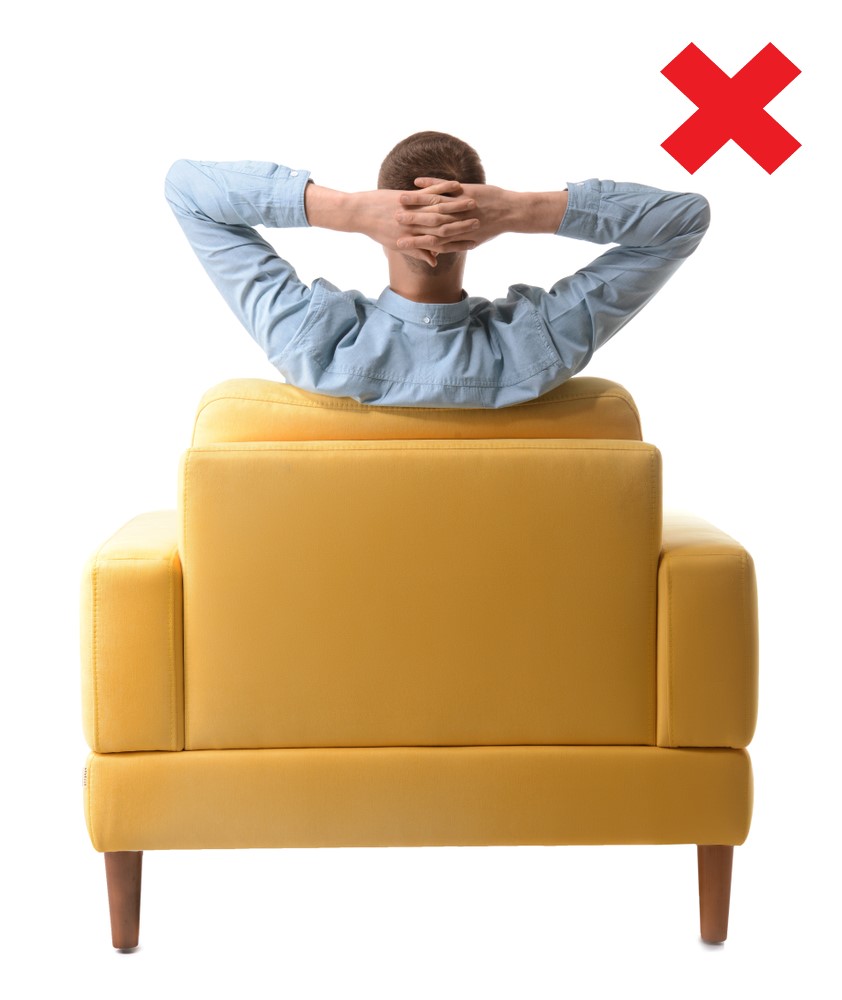
Chronic Lower Back Pain- Identifying Triggers
It is important to identify what types of activities trigger your symptoms. Please note, quite often there can be a delay between the activity and having symptoms (i.e. waking up the day after with pain). Once your aggravating activities have been identified think about how they can be modified to make the task more manageable.
This can include:
- pacing, breaking up task into smaller parts over a longer period of time (i.e. doing the garden over 2 days instead of one, lifting smaller loads)
- having regular breaks and changing your posture (i.e. getting up from your desk every hour)
- modifying equipment (i.e. computer desk set up, bench height)
- changing how you perform a task (i.e. squatting deeper and keeping your back more upright when lifting from the ground)
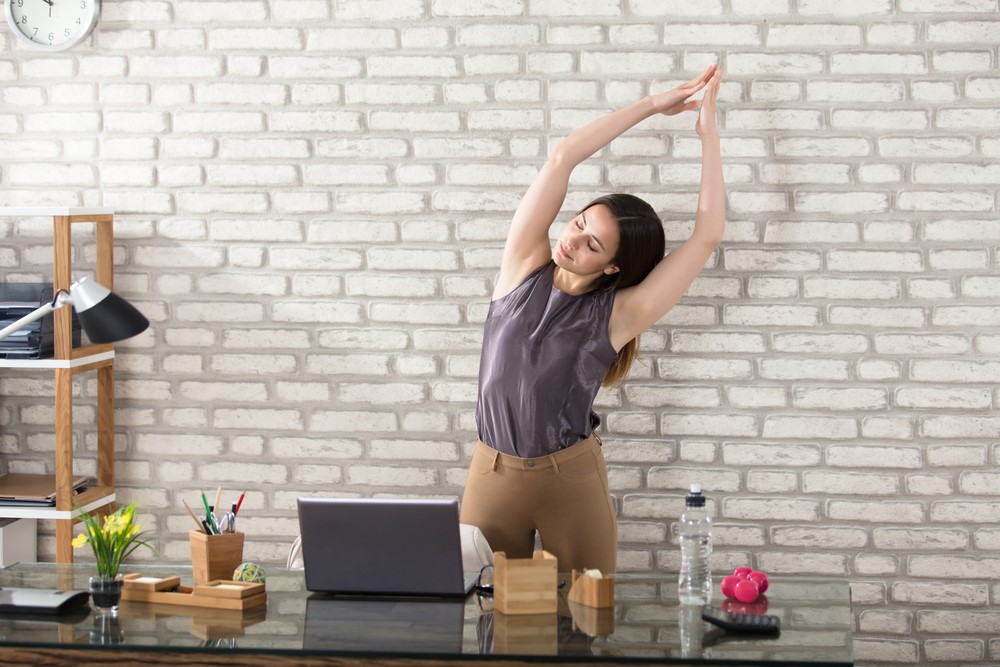
Chronic Lower Back Pain- Lifestyle Factors
Studies have identified several risk factors which can increase your risk of developing ongoing problems. The good news is these risk factors are modifiable and can be changed by adjusting your life style.
- sedentary lifestyle
- lack of physical exercise
- smoking and excessive alcohol intake
- poor diet
- high BMI
- physically demanding occupations

Chronic Lower Back Pain- Psychological Factors
There is an overwhelming growing body of evidence demonstrating the importance of psychological factors in the development of chronic LBP.
Stress, Anxiety and Depression
This is very common in people with chronic LBP, these emotions may also come out as anger. These negative psychological states have been demonstrated to increase pain levels and prolong recovery times. Engaging in regular physical activity can help to improve mood, self esteem and lower stress levels. Please do not be afraid to reach out for professional help, quite often it is easier talking to someone external rather family or friends.
Poor Sleep
A lack of sleep causes people to become more irritable, unpleasant sensations such as pain can become amplified. Think of a sleep deprived toddler, they overreact to things that normally wouldn’t bother them. It is important to establish a regular sleeping pattern rather than having cat naps through out the day and night.
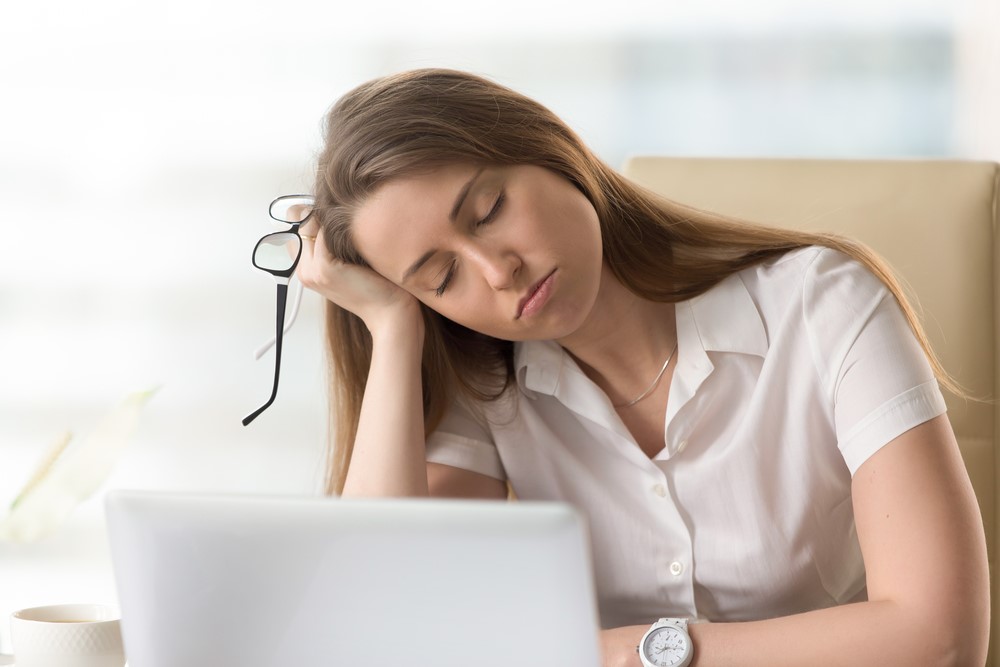
Lack of Confidence and Apprehension with Movement
Individuals with chronic LBP continue to experience pain even after the injured tissue has completely healed. In this situation pain does not reflect damage, the brain becomes hypersensitive and amplifies painful and non-painful sensations (central sensitisation). This can result in individuals becoming fearful of simple spinal movements and avoid activities.
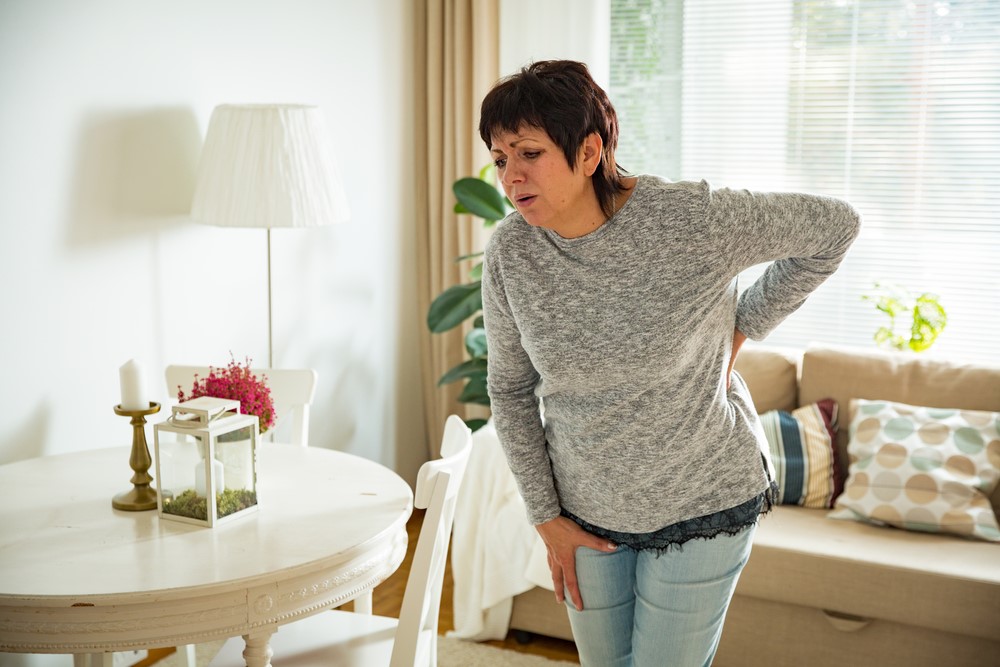
Unhelpful Beliefs
A lack of understanding of the injury can be unhelpful and hinder recovery, a few common examples include:
- “exercise and physical activity is damaging and should be avoided” NOTE: Studies have confirmed exercise and physical activity are the best “medicine” for chronic LBP
- “pain equals damage” (see above)
- “prolonged bed rest is the best cure” NOTE: Long term bed rest is actually harmful, it promotes muscle atrophy and a loss of flexibility and strength.
- “my spine is fragile, my MRI shows I have disc bulges” NOTE: Abnormal MRI findings are part of the natural ageing process and common in people with no symptoms.
- “the only way to fix my disc bulges is surgery” NOTE: Only a small percentage of people with chronic LBP will actually benefit from surgery, most cases of back pain are best managed conservatively.
- “taking pain medications is the best way to manage my symptoms” NOTE: Long term use of pain medications is harmful to your body and has been found to be ineffective in the management of chronic LBP.
- “I shouldn’t engage in any of my hobbies, usual activities or work until I’m 100% better” NOTE: It is ok to make a gradual return to these activities even if you still have symptoms, this promotes a quicker recovery.
- “the straighter and more upright my posture is the better” NOTE: Having “Perfect Posture” is not necessarily the best way to stand for most people. Standing too upright causes your muscles to tense up leading to more pain. Your muscles should be relaxed when moving your spine. It is OK to slouch!
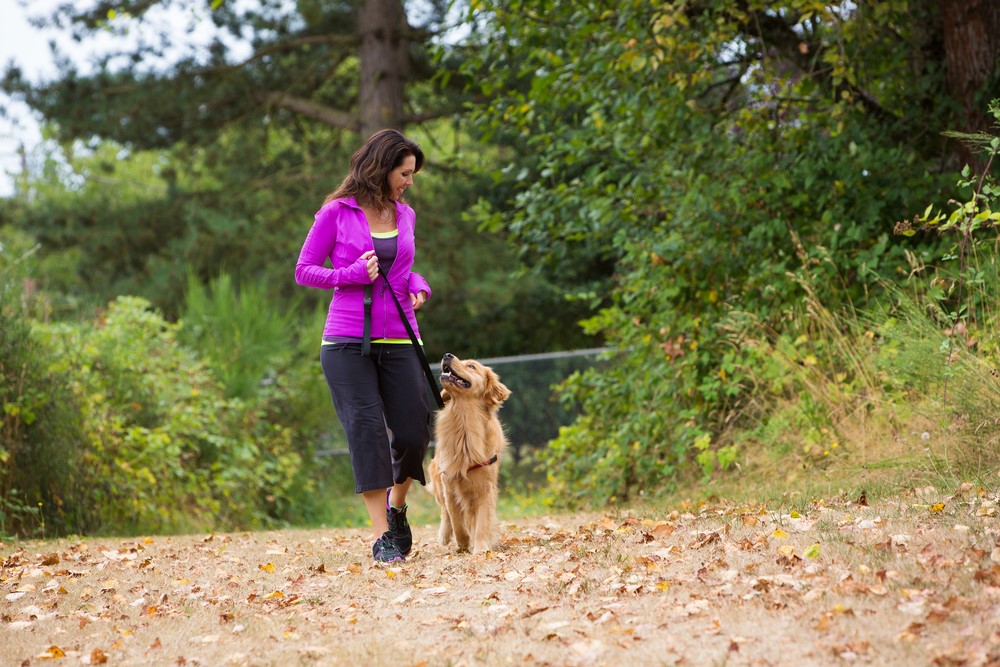
Lessen the Need for Pain Medications
- heat packs can help by warming the area and increasing blood flow thereby relieving muscle tension
- walking in a pool takes load off your spine and can help to relax and stretch the nerves, joints and muscles
- topical anti-inflammatory gels (i.e Voltaren), heat rubs (i.e. Deep Heat) and heat patches can help lessen inflammation and pain
- short term use of a back brace during physically demanding activities (i.e. gardening, vacuuming) NOTE: constant use of a back brace is detrimental as it weakens the core muscles
- electrical TENS machines are good for lessening pain, they can also be used during daily activities and exercising
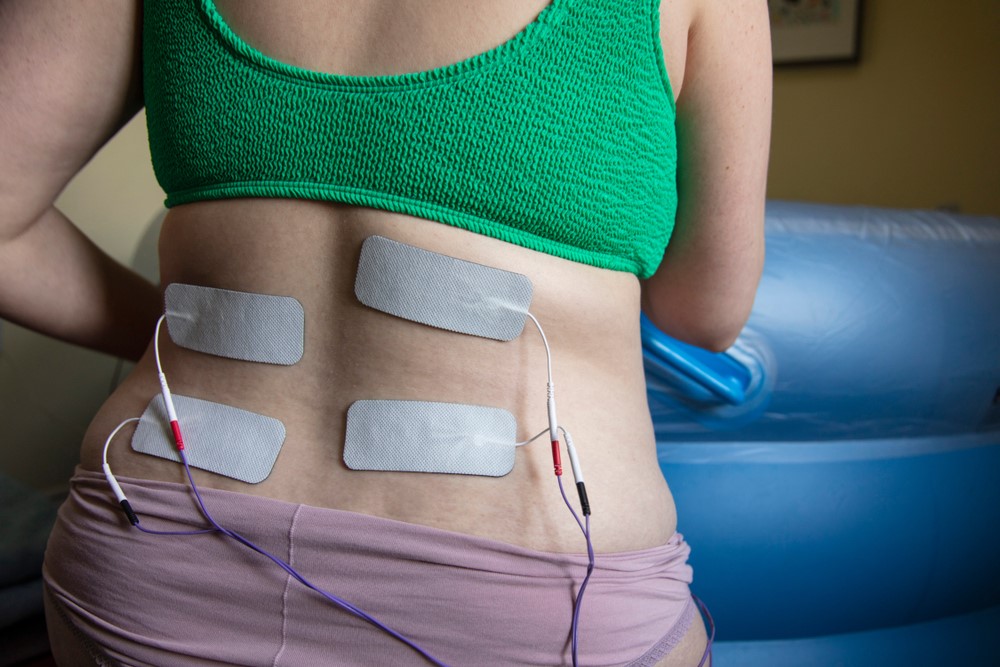
Chronic Lower Back Pain- Rest Positions
The below positions allow the spine to rest in a comfortable neutral position.
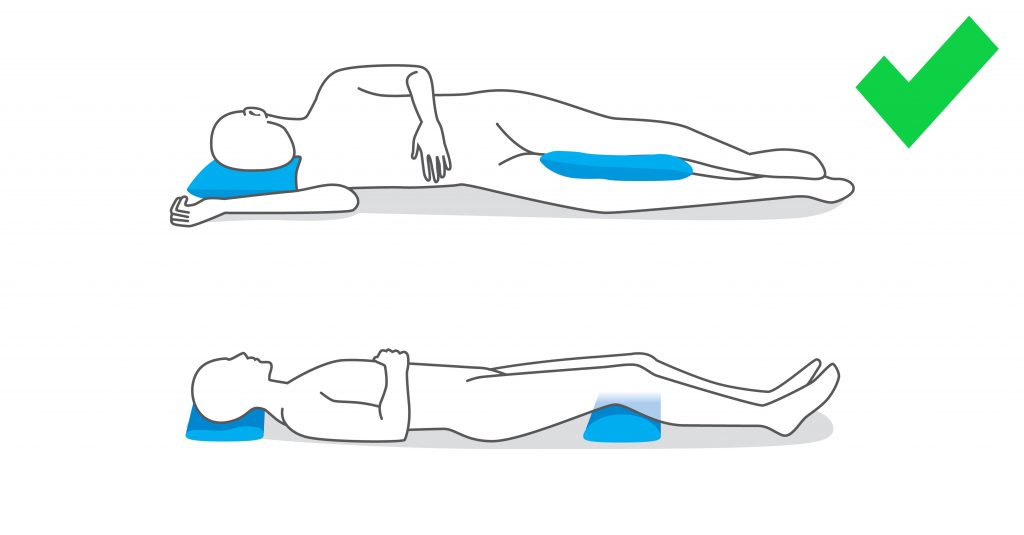
Chronic Lower Back Pain- Exercises
A few basic examples have been provided below to get you started. Please note, it is always best to see a health professional to tailor an exercise program for your specific needs.
Stretches
These exercises should be held for at least 20-30 seconds and done frequently through out the day. The goal of these exercises are to lengthen tight muscles to give the joints more pain free movement
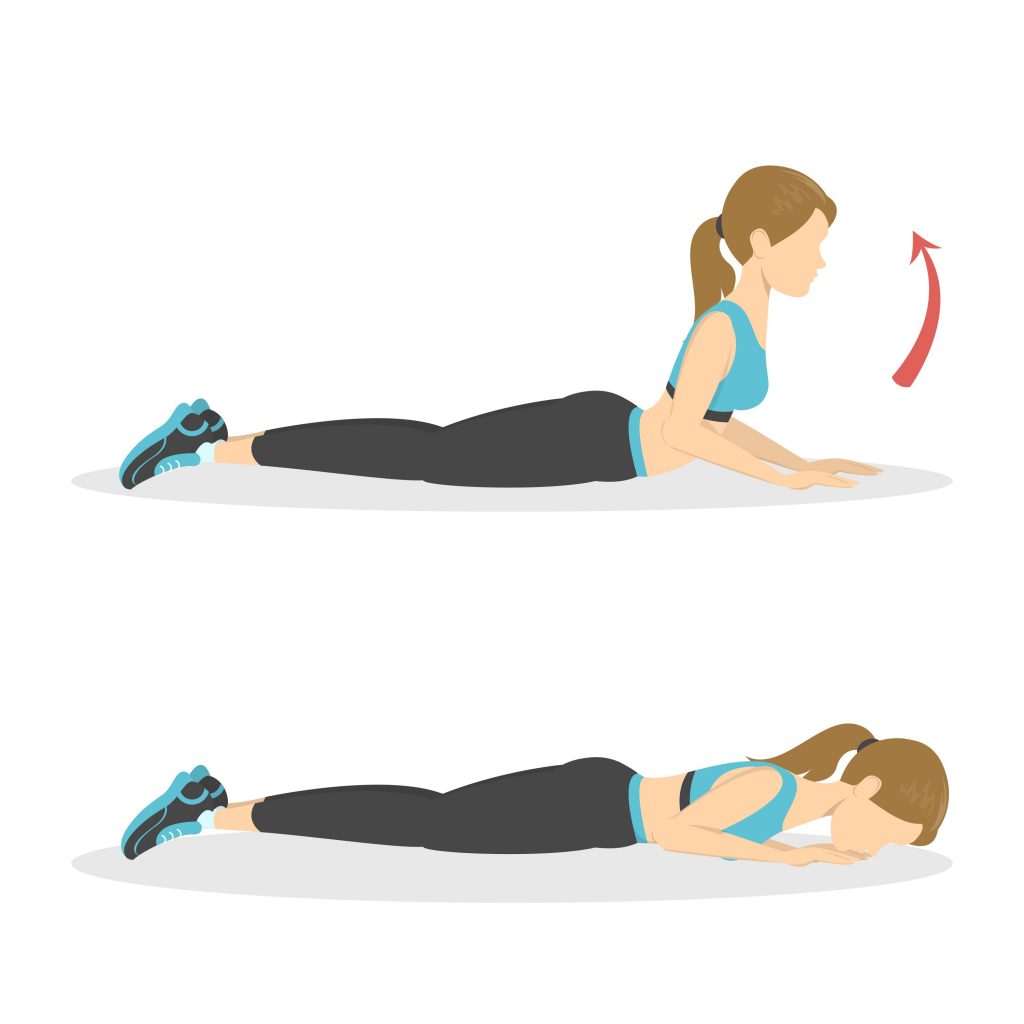
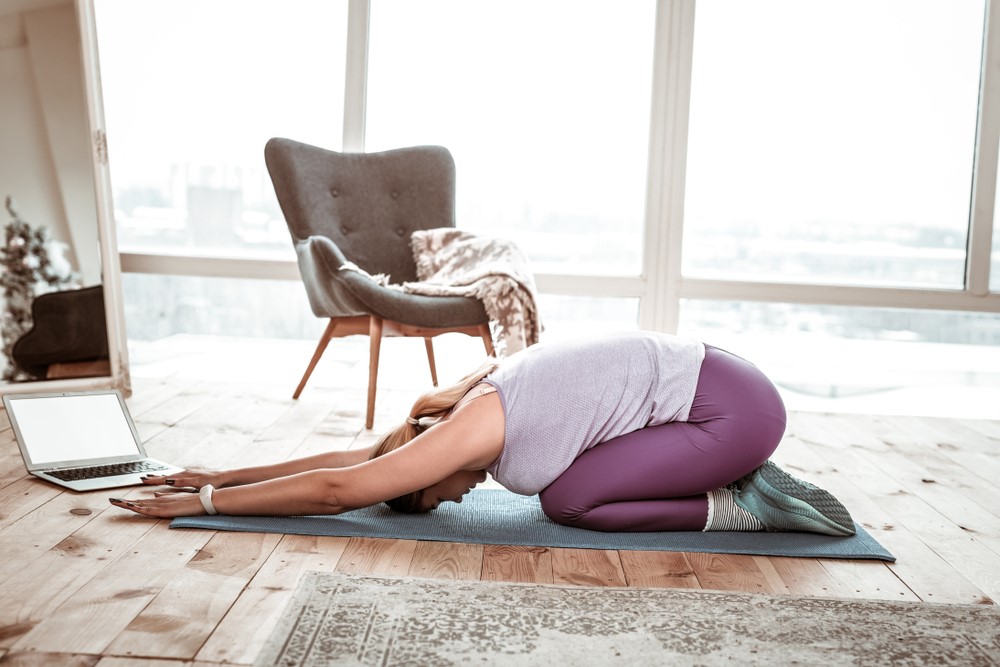
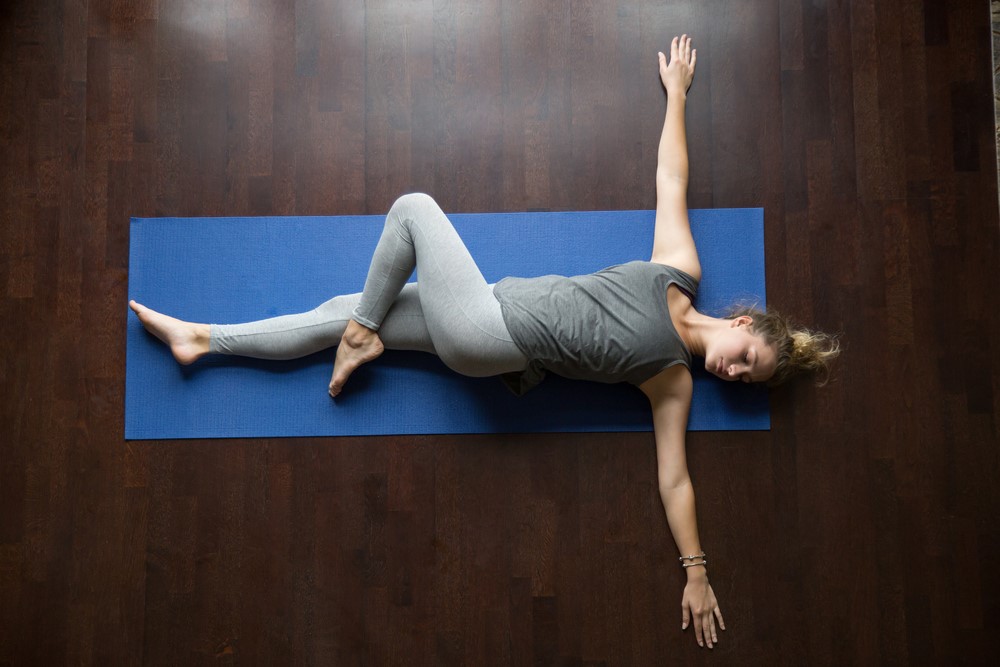

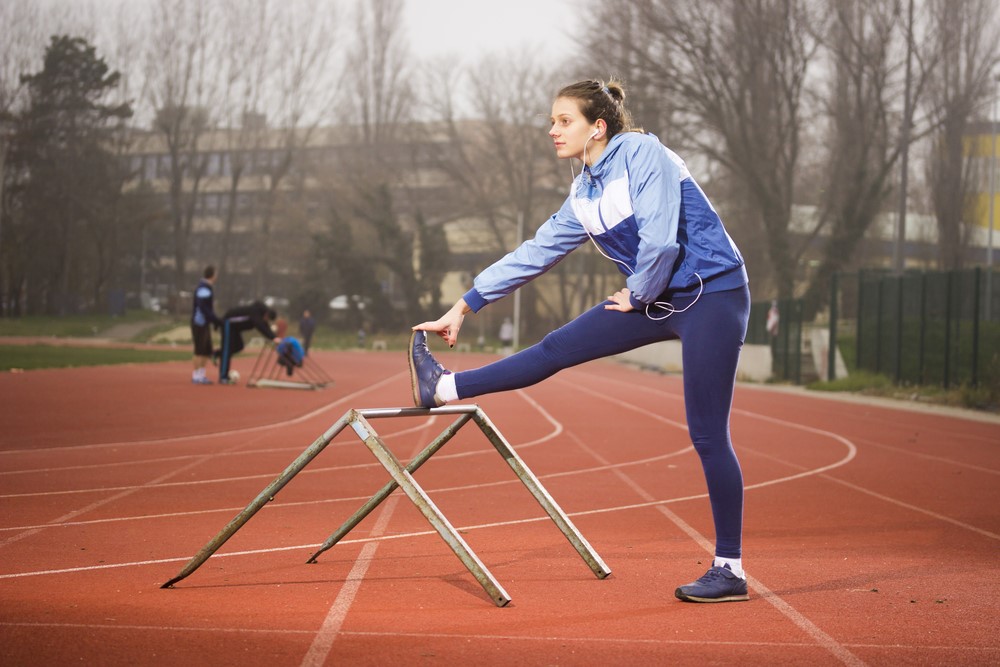
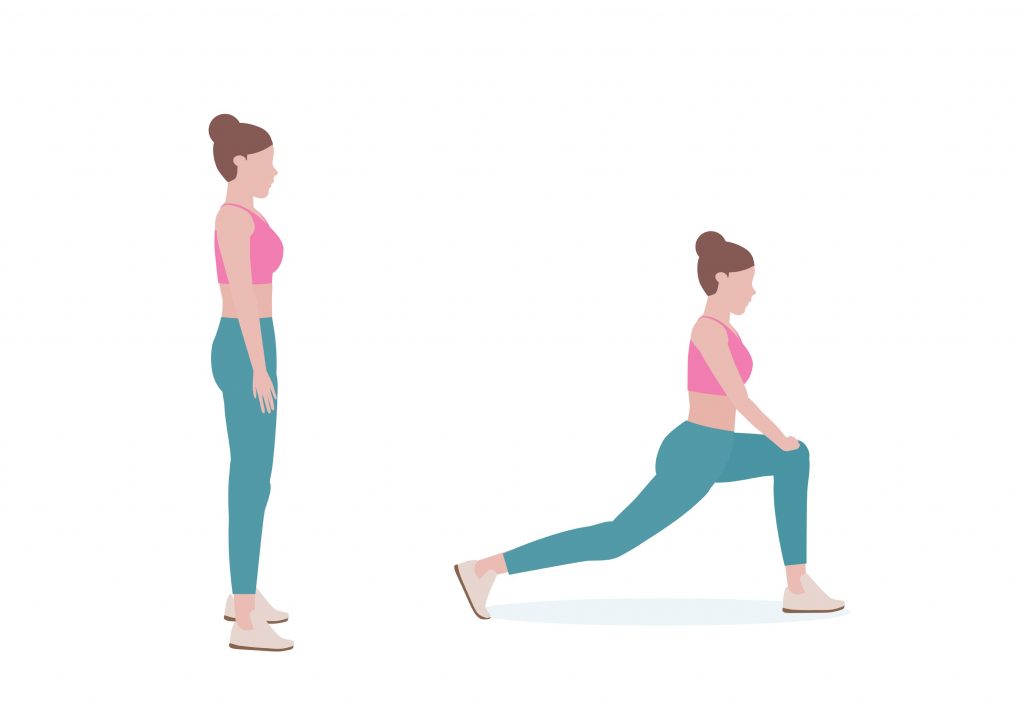
Strengthening
These exercises should be done with a medium/high amount of repetitions (approximately 15-20 repetitions per set) a couple of times per day. Great care should be taken not to overdo things as these exercises can easily aggravate your condition. It is always best to start off small and GRADUALLY build up your repetitions, sets and weights over a period of time.
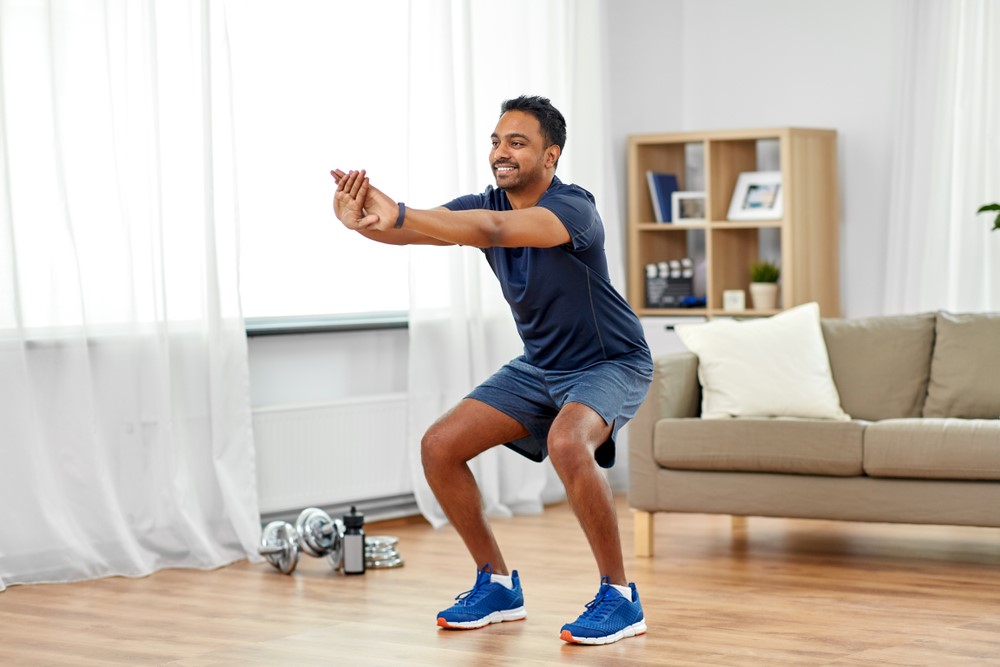
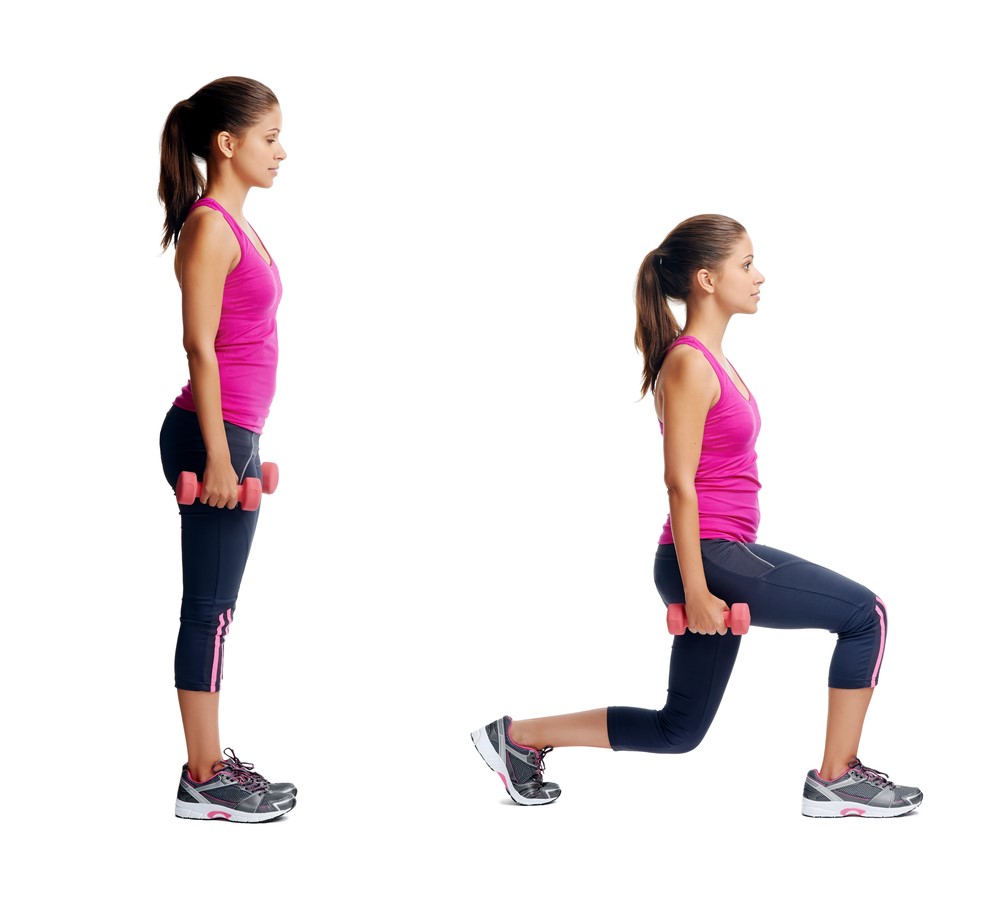
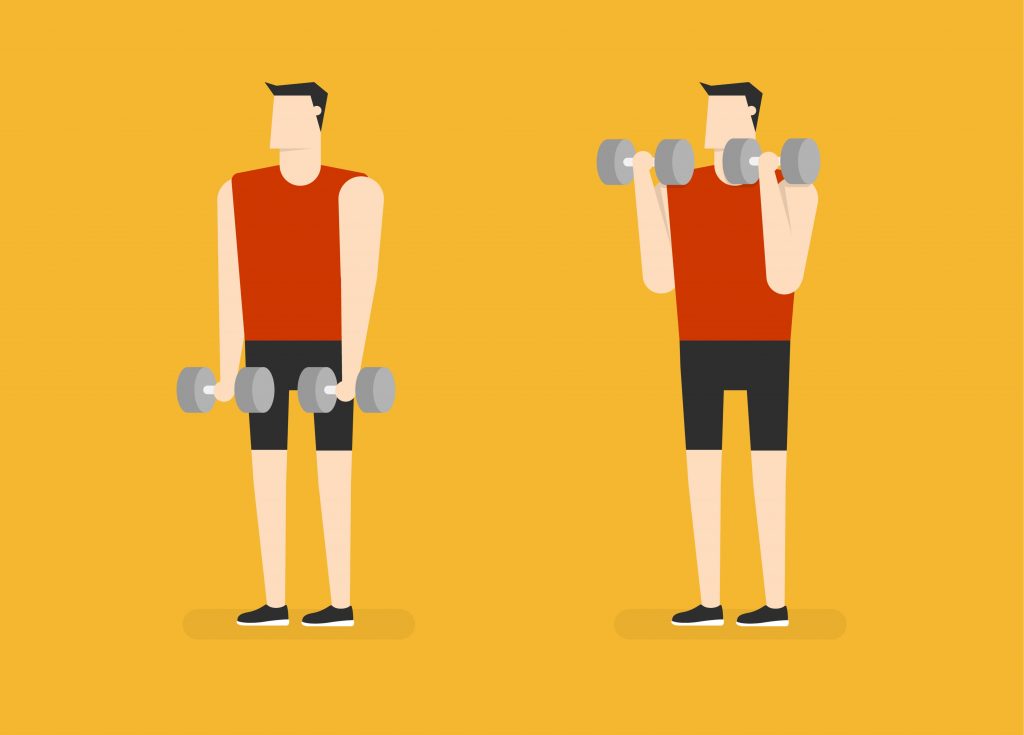
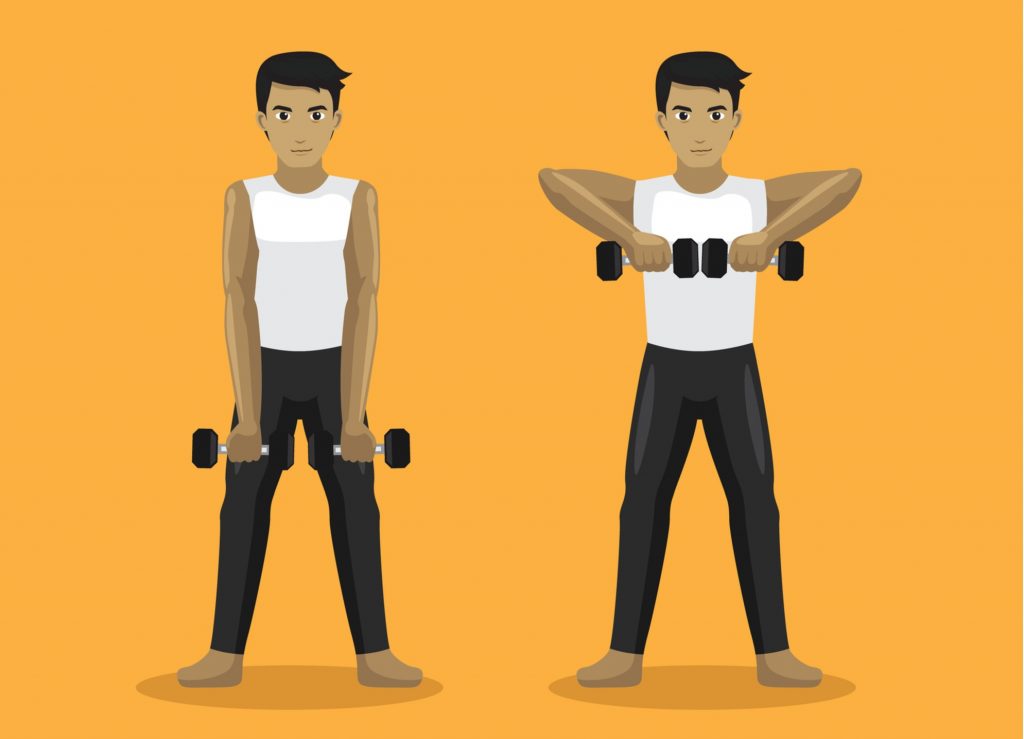
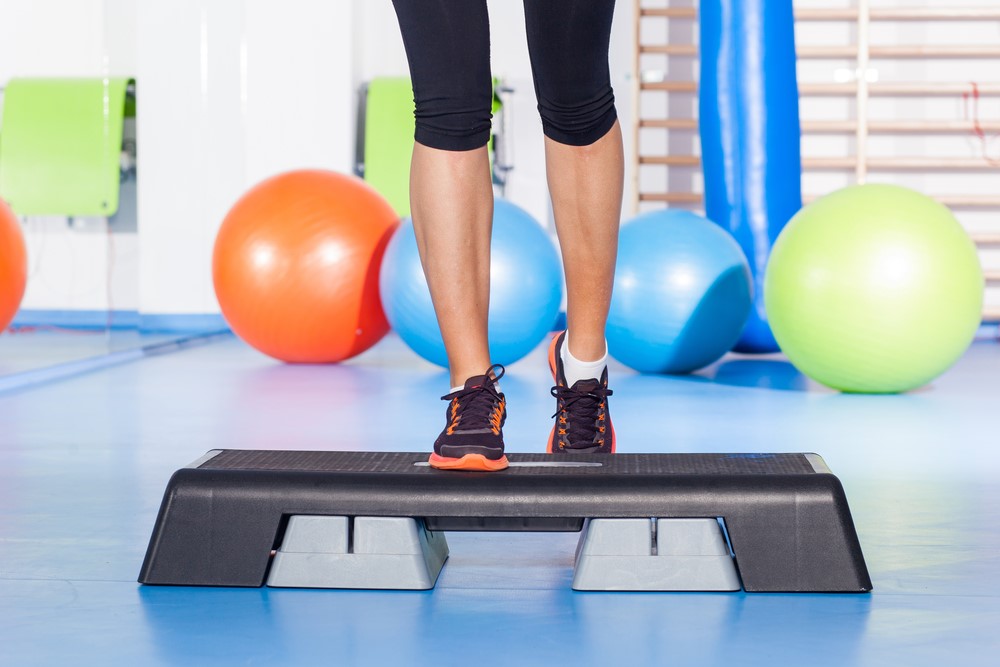
Cardiovascular
Excessive body weight places more load on your back. The best type of exercise to facilitate weight loss is aerobic exercise which involves getting your heart rate up.
In order to have an effect it is recommended to exercise continuously for at least 30 mins, 4-5 times per week. To ensure you are exercising at the right intensity you should roughly be at 60% of your maximal exercise capacity. Another quick way to quickly gauge this is you should be able to talk but not sing during your work out.
Aerobic exercises can include:
- walking
- cycling
- rowing
- swimming
- cross trainer
It is also very important (if not more important) to have a healthy balanced diet. It would be beneficial to get expert nutritional advice to ensure you are maximising your potential to loose weight.
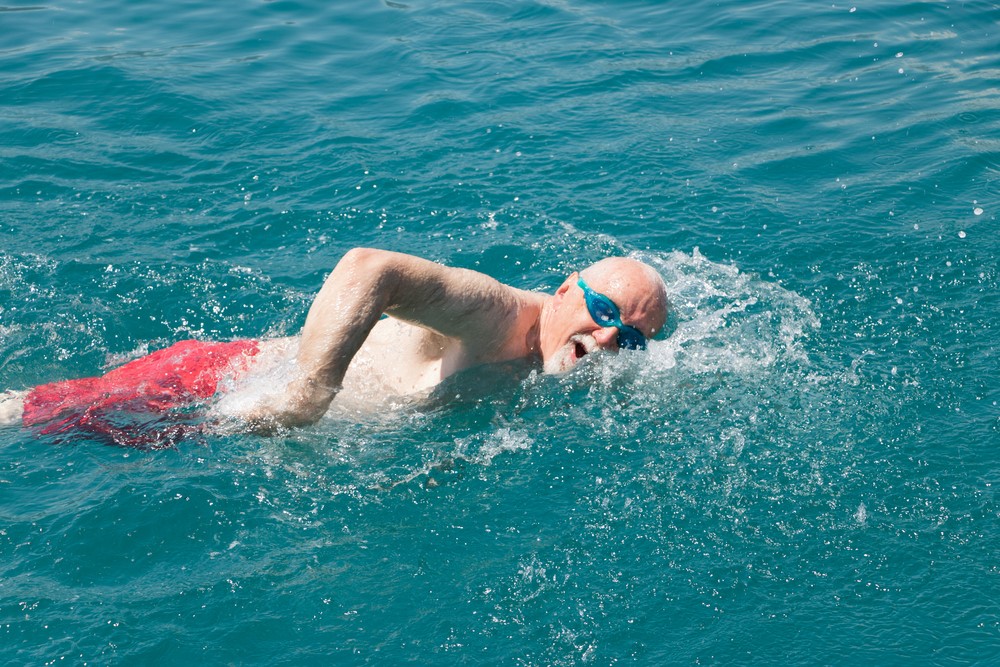
A Few Notes
- It is normal to have some discomfort and pain when commencing a new exercise routine
- Start off small and build up gradually, you can cause more problems if you progress your exercises too quickly
- Break up your exercises, don’t try to do everything on one day
- Exercising in a swimming pool can be good for people with advanced symptoms
- Do not be deterred if you have the occasional flare up, this is very common. Please follow the advice as per our “Management of Acute LBP” article, then gradually return to your exercise routine as your symptoms allow
- Doing a little is better than doing nothing at all! A good starting point is to go for regular short walks
- If any of the above exercises significantly exacerbate your symptoms please cease the exercise and seek advice from a health professional
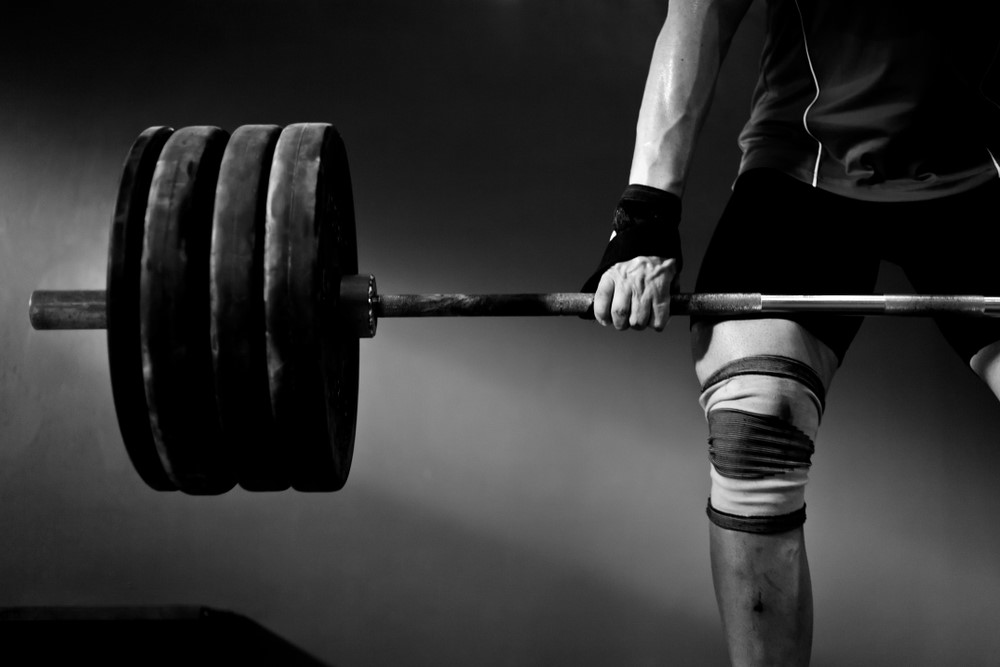
Red Flags!!!
These are signs and symptoms of more serious causes and require urgent medical review:
- Acute LBP following a major trauma (i.e. car accident)
- Acute LBP following a fall and you have Osteoporosis
- Problems controlling bladder and bowel function
- If you experience worsening clumsiness, numbness, weakness and/or balance in both legs
- If you get night pain that does not change with activity
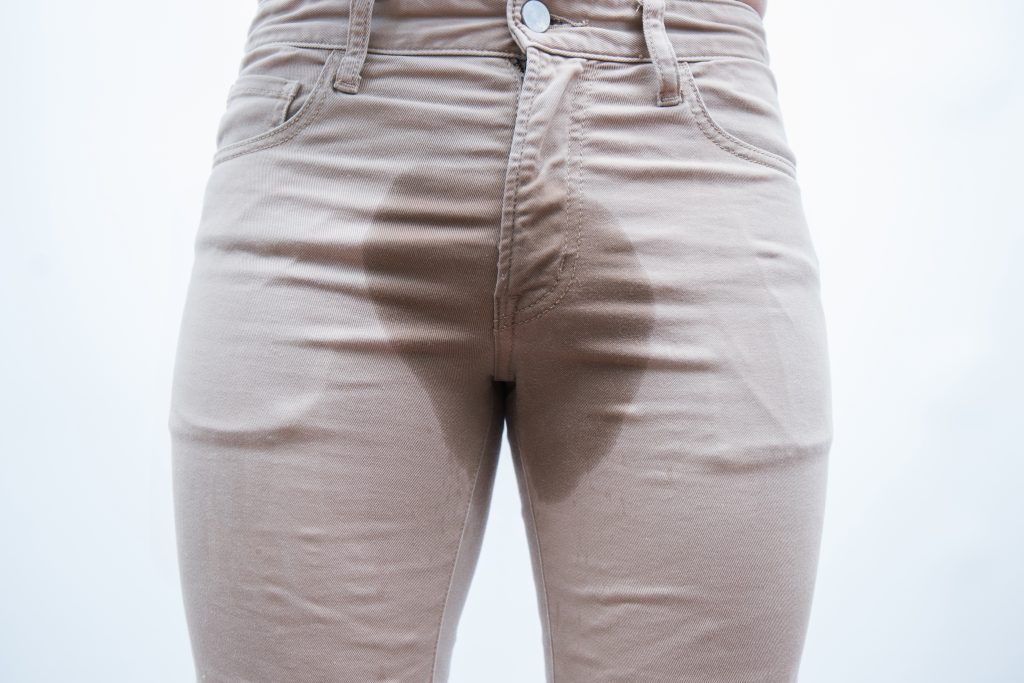
Please keep in mind the information provided is general in nature and should not be used as a substitute to consult your treating health professional. If you have any specific questions or require assistance with your individual treatment requirements please do not hesitate to contact My Family Physio Pittwater Place Shopping Centre, Mona Vale
Related Articles